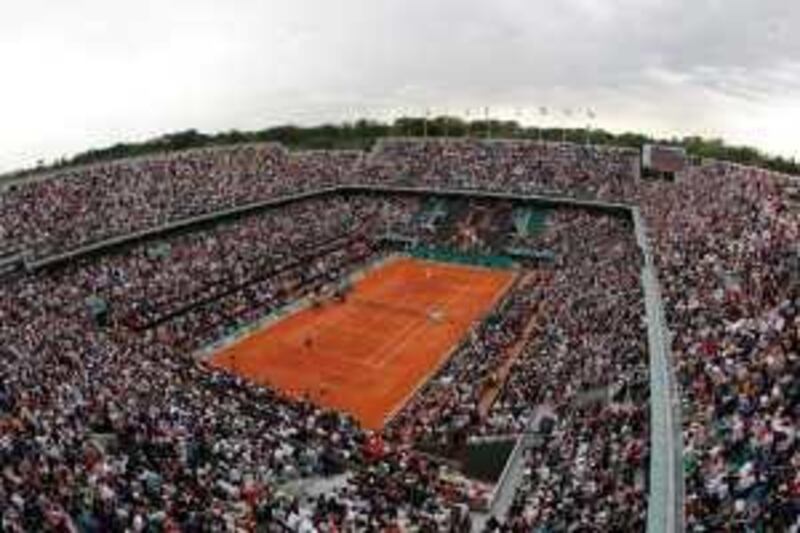It is one of my favourite sporting venues in the world; the terracotta courts on which Ilie Nastase, Ken Rosewall and Nicola Pietrangeli would carve their masterpieces in clay before Paris was taken over by the hunt-and-kill brigade led by Ivan Lendl. They say that when the gods come down to play tennis they do so at Roland Garros where the tip of the Eiffel Tower can be seen in the distance, shimmering above the treetops of the surrounding Bois de Boulogne.
Named after a French First World War fighter ace who had been killed in an aerial duel over the Western Front five weeks before the end of hostilities, Roland Garros is pleasing to the eye and dripping in history. Built in 1928 for the 'Four Musketeers' - Rene Lacoste, Jean Borotra, Henri Cochet and Jacques Brugnon - who would win the Davis Cup for the next five years, the spectators who flock to the French Open are among the most knowledgeable, voluble and glamorous and form a sporting crowd unlike any other.
Now 87, Patrice Lietout returns to Roland Garros every May not to gaze upon Andre Agassi or Serena Williams, but as a pilgrimage to his past. In 1943, M Lietout was among the many hundreds of vociferous anti-Nazi protesters rounded up and held captive within the stadium which had been transformed from sporting arena into prison camp by the invading Germans. "Before the Germans marched into Paris, I used to play tennis at Roland Garros regularly," he said.
"Overnight, this place I loved became my cell. As a political prisoner I was lucky but there were many Jews among us who stayed for only a few weeks before being taken God knows where. And that is why I come back each year; to remember." In his novel Darkness At Noon, Arthur Koestler described the conditions in stark detail: "We called ourselves the Roland Garros "cave-dwellers" because there were about 600 of us living beneath the stairways of the stadium.
"We had to sleep on straw, wet straw because the whole place leaked. We were so crammed in we felt like sardines. "Few of us knew anything about tennis but when we were allowed to take our walks outside, we could see the names Borotra and Brugnon on the scoreboard." Six decades on, Roland Garros resounds to the noise of cheers and applause; beneath the stairways where Lietout and Koestler once struggled for existence there are cafes, restaurants and designer sportswear shops.
There are statues honouring the 'Four Musketeers' but unless I have missed something on my frequent visits, no mention of the Roland Garros "cave dwellers". rphilip@thenational.ae





